- Home
- Puzzle Games
- Paldoku
Paldoku
Other Wordle Games
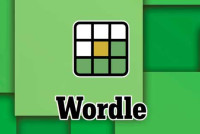
Wordle
Daily Games, Puzzle Games, Unlimited Games, NYT Games, Guessing Games, Word Games
Play

Poeltl Unlimited
Puzzle Games
Play
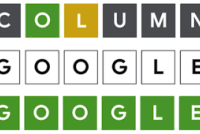
Searchle Wordle
Puzzle Games, Word Games
Play
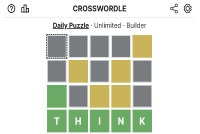
Crosswordle
Puzzle Games
Play

Stattogories
Puzzle Games
Play

Gamedle
Puzzle Games
Play

Tangle Game
Puzzle Games
Play

Daily Dozen Trivia
Puzzle Games
Play
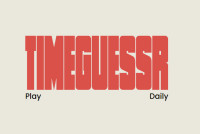
Timeguessr
Puzzle Games
Play
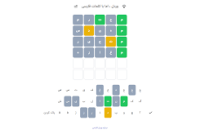
Persian Wordle
Puzzle Games
Play

MLB Pickle
Puzzle Games
Play
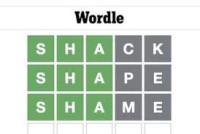
Harry Styles Wordle
Puzzle Games
Play
Categories & Tags
Paldoku is a strategic board game that blends elements of puzzle-solving and spatial reasoning. It was designed to challenge players with a unique set of rules that require both tactical thinking and adaptability. Here’s a brief overview of how Paldoku is played:
Gameplay Overview
Board Setup: Paldoku is played on a square grid board, typically ranging from 4x4 to 8x8 in size, depending on the complexity desired.
Objective: The goal of Paldoku is to fill the board with tiles according to specific rules, ensuring that each row and column adheres to certain conditions.
Tile Placement: Players take turns placing tiles on the board. Each tile must be placed according to the following rules:
- No two identical tiles can appear in the same row or column.
- The numbers on the tiles must be placed in ascending order from left to right and from top to bottom in each row and column.
Strategy: As the game progresses, players must strategically decide where to place each tile to avoid violating the rules. This requires careful planning and foresight, as a misplaced tile can quickly lead to a scenario where no valid moves remain.
Winning Condition: The game ends when no more valid moves can be made. The winner is determined by the player who successfully places the most tiles on the board according to the rules.
Key Features
Logic and Deduction: Paldoku challenges players to think logically and deduce the best possible moves based on the current board state.
Variability: With different board sizes and initial setups, each game of Paldoku offers a unique challenge, requiring players to adapt their strategies accordingly.
Solo and Competitive Play: While traditionally a solo puzzle game, Paldoku can also be adapted for competitive play, where players take turns or compete to solve the puzzle in the fewest moves.
History and Development
Paldoku draws inspiration from traditional Sudoku and other puzzle-solving games but introduces a new layer of complexity with its tile-placement rules. It was designed to provide a fresh challenge for puzzle enthusiasts looking for a game that combines elements of Sudoku’s logic with a spatial puzzle twist.
Conclusion
Overall, Paldoku is a captivating game that tests players’ ability to think strategically and logically under constraints. Its blend of puzzle mechanics and spatial reasoning makes it a rewarding experience for those who enjoy a mental challenge.
Instructions
Using Mouse and Keyboard.
Discuss: Paldoku
Play New Games

Level Devil
Play

Spell School
Word Games
Play
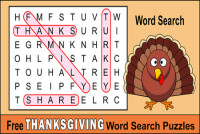
Thanksgiving Word Search
Word Games
Play

Kanga Hang
Word Games
Play

Sushi Spell
Word Games
Play
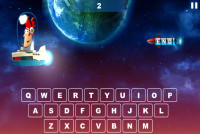
Typooh
Word Games
Play

Owl Planes Typing Words
Word Games
Play

Papa's Freezeria
Play

1v1.LOL
Play

Wordlike
Word Games
Play
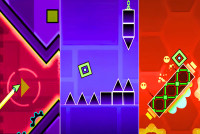
Geometry Dash
Play

The Impossible Quiz
Puzzle Games
Play

Spell With Fun
Word Games
Play

Agar io
Play
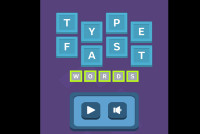
Type Fast Words
Word Games
Play
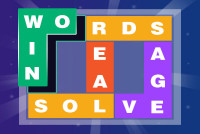
Figgerits-Word Puzzle Online
Word Games
Play